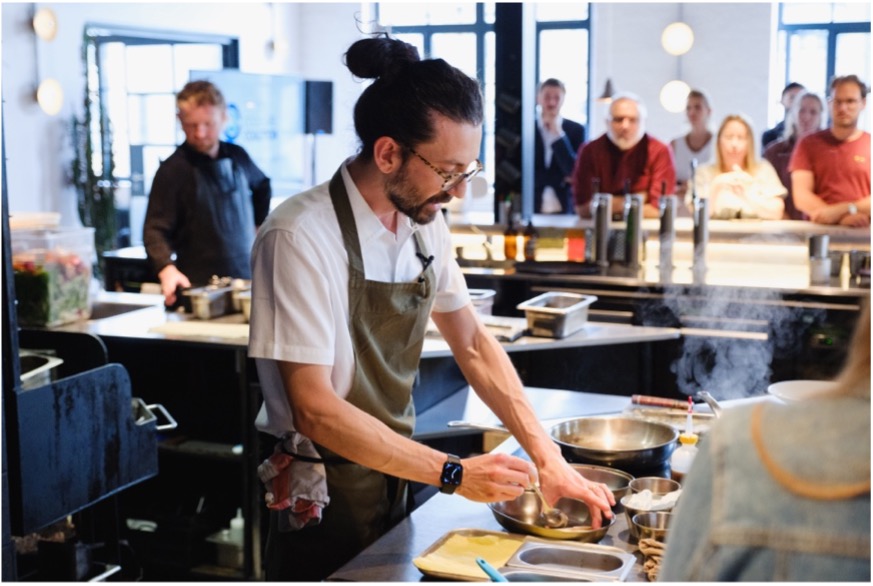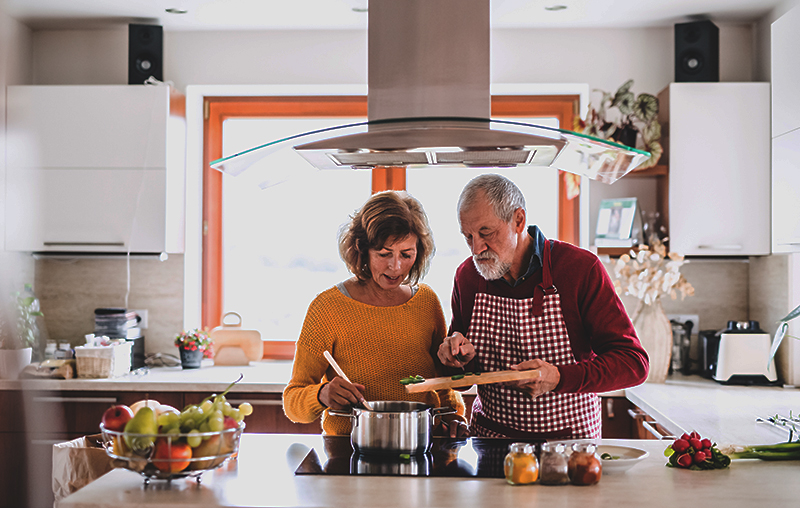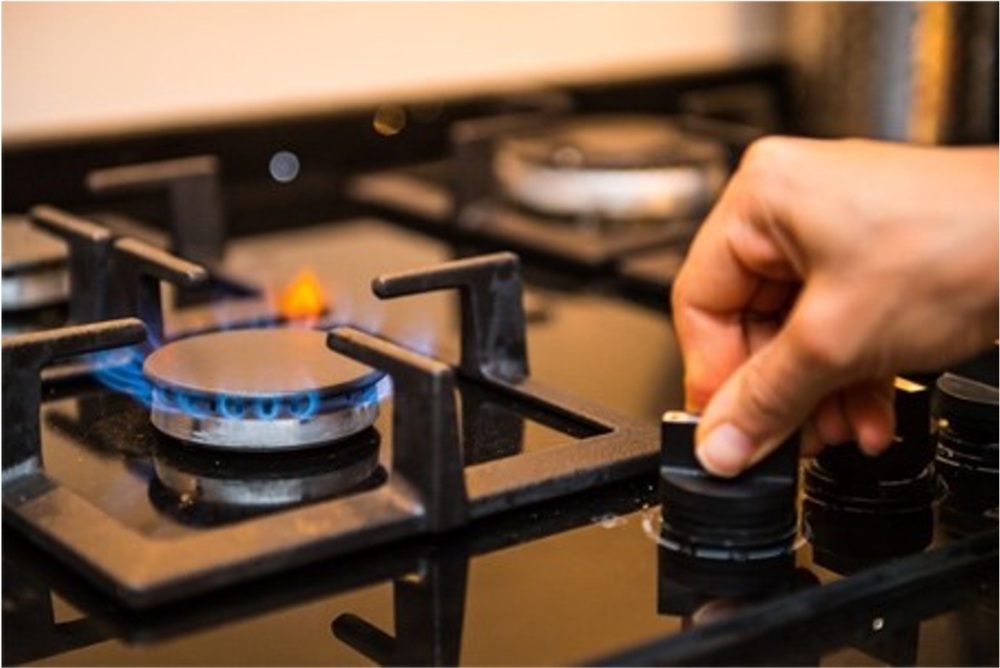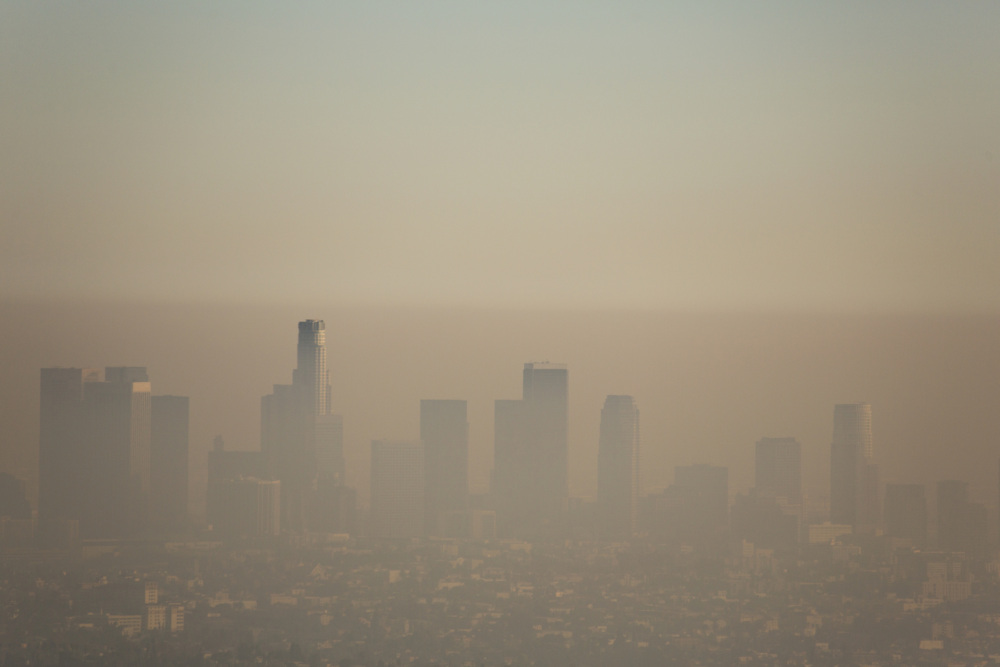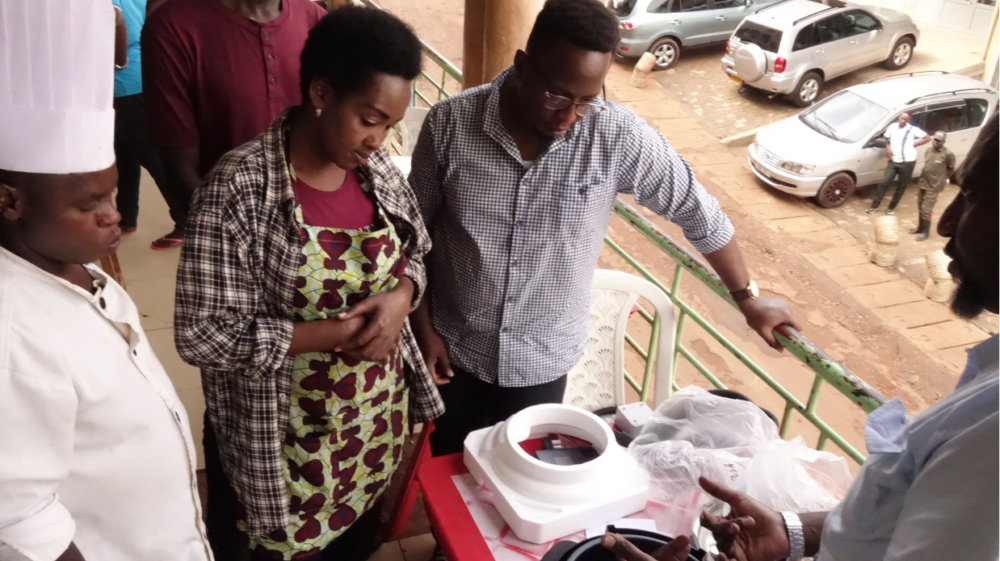Gas Cooking Appliances Cause Regular Pollution Breaches in Homes across Europe
Pollution twice as strong as homes using electric cooking appliances, largest-ever study shows.
Brussels, Belgium – Cooking on gas regularly fills kitchens with air pollution above recommended levels, the largest-ever home monitoring study in Europe has found.
The World Health Organization (WHO) daily limit value for nitrogen dioxide (NO2) exposure was broken in most (57.3%) of the homes using gas hobs and/or gas ovens that were tested under normal living conditions by leading scientific researchers.
NO2 levels were found to be almost twice as high in kitchens, living rooms, and bedrooms in homes cooking on gas compared to those using electric appliances, on average. Breaches in 15.9% of homes using electric appliances were caused mainly by outside air pollution blowing in, the researchers say.
The research, commissioned by nonprofit energy efficiency group CLASP, was conducted by the Netherlands Organisation for Applied Scientific Research (TNO). Sensors were placed in 247 homes [1] in seven countries with large populations cooking on gas and childhood asthma cases linked to cooking on gas.
Breaching limit values increases health risks. NO2 can cause inflammation of human airways, coughing and wheezing, reduced lung function, and increased asthma attacks, especially in children. Children in homes with a gas cooking appliance have a 20% increased risk of suffering a lower respiratory illness, the WHO estimates.
Pollution spikes in homes cooking on gas could last several hours and were more intense the longer the cooking time, the researchers found. Added together, the WHO daily limit was breached for 3.25 days over the 13-day testing period, on average. Where kitchens had fans to extract fumes outdoors, they did not clear much pollution. This is because of improper use, the researchers think.
Extrapolating to a year, the data shows that a quarter of homes (25%) cooking on gas breached EU and UK hourly NO2 limits for outside air quality. Authorities across Europe have been forced to respond to breaches of these limits. Yet EU regulators have not set limits for indoor air pollution.
Little has been done to prevent NO2 pollution from gas cooking appliances in Europe, CLASP wrote in its report summarizing the research. Various regulations could limit air pollution from appliances, but fail to, it said. The problem could be corrected at EU level next year when new design and labelling rules are expected to be adopted.
At a stakeholder meeting with EU officials, initially set for 30 November 2023 and postponed until March 2024, CLASP will call for a new EU energy label comparing gas and electric hob efficiency and highlighting pollution levels.
Nearly a third (32.5%) of homes in the EU cook on gas. But few are aware of the risks due to the invisible nature of the pollution, according to a recent opinion poll commissioned by CLASP and conducted by Opinium. If made aware, up to three quarters of respondents (74%) say they would consider getting rid of their gas appliances.
Nicole Kearney, CLASP Europe Director, said: “Our research reveals the severity of air pollution caused by gas cooking appliances in homes across Europe. Cooking up a change starts with awareness. Empowering people with knowledge on the health risks of these products is essential, and they need resources to upgrade to cleaner and healthier hobs and ovens. In turn, governments must protect public health, tackling air pollution at the source and supporting the transition to cleaner cooking.”
TNO senior scientist, Piet Jacobs, said: “Based on our field study data we estimate that in about 25% of the European kitchens cooking on gas the EU NO2 limit value for 1-hour exposure is exceeded, where outside levels were below these values. Changing to electric cooking, preferably combined with use of well-designed ventilation hoods to reduce exposure to high levels of particulate matter from cooking, can bring these values down to below recommended levels.”
Professor Frank Kelly of Imperial College London said: “Gas hobs and ovens are a major source of indoor air pollution, including NO2, which can both exacerbate existing health conditions and potentially lead to new respiratory illnesses. For children with asthma, the presence of gas cooking appliances can intensify their symptoms. Removing these appliances from our homes will improve indoor air quality and mitigate potential risks to public health.”
The scientists also measured for fine particulate matter. In kitchens, this is caused by outdoor pollution blowing in and food cooking, rather than the appliance fuel source. The scientists found no significant difference in emissions between homes cooking on gas and electric.
Ends
CLASP Report – Clearing the Air: Gas Cooking and Pollution in European Homes
TNO Report – Health Effects in Europe from Cooking on Gas – Phase II Field Study
Press releases are available in the following languages:
Dutch, English (UK), English (US), French, German, Hungarian, Italian, Romanian, Slovak, Spanish.
Contacts
- CLASP Europe director Nicole Kearney (EN) +44 75 4486 5924
- CLASP Europe senior communications associate Païline Caroni (EN, FR) +32 473 127 674.
- ICL professor Frank Kelly (EN) +44 (0)20 7594 8098
- CLASP communications consultant Jack Hunter (EN) +33 751 051 805
- TNO press officer Maarten Lörtzer (EN, NL) +31 620420732.
About CLASP:
CLASP is an international nonprofit leading the research and promotion of appliance efficiency and energy access to improve the lives of people and the planet. CLASP works to combat climate change and drive the transition to a more energy-efficient and just future where no one is left behind. Headquartered in Washington DC, and based in Beijing, Brussels, Dehli, Jakarta and Nairobi, CLASP works with governments, appliance manufacturers and partners to advance positive change on a global scale.
Notes
[1] Market research firm Opinium selected 40 homes each in France, Italy, the Netherlands, Romania, Slovakia, Spain, and the UK, where residents cook at least 3 days a week, are non-smokers, and are not near busy main roads or industrial plants. More than 40% of homes include children. One in 5 cook purely on electric, while 4 in 5 cook purely on gas, either ovens, hobs or both. In all homes, sensors were placed in the kitchen, living room and a bedroom to measure NO2, fine particulate matter, and carbon monoxide. Outdoor sensors detected NO2. Participants were told to cook and behave normally. Each was paid €100. Only data from 247 homes that successfully followed instructions over a 13-day period in 2023 were included. The previous largest EU study of exposure to NO2 based on continuous sensor data took readings from 16 homes.

